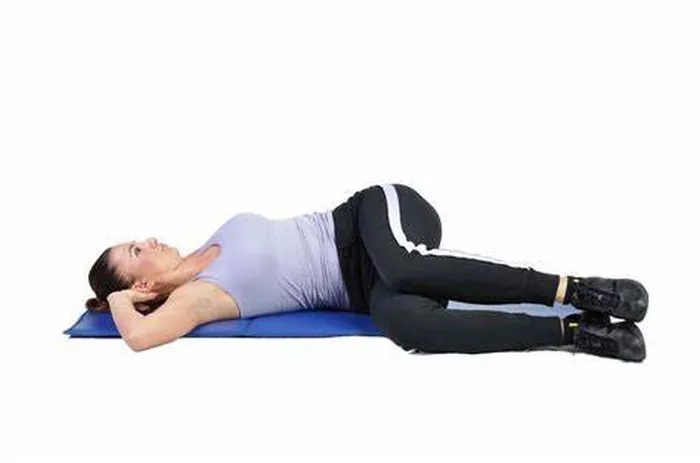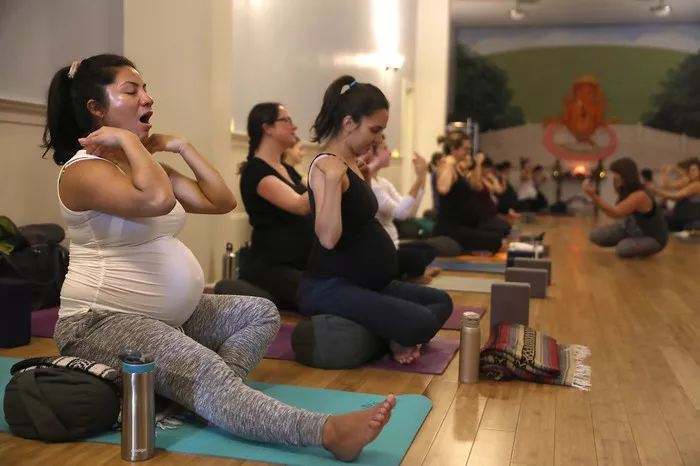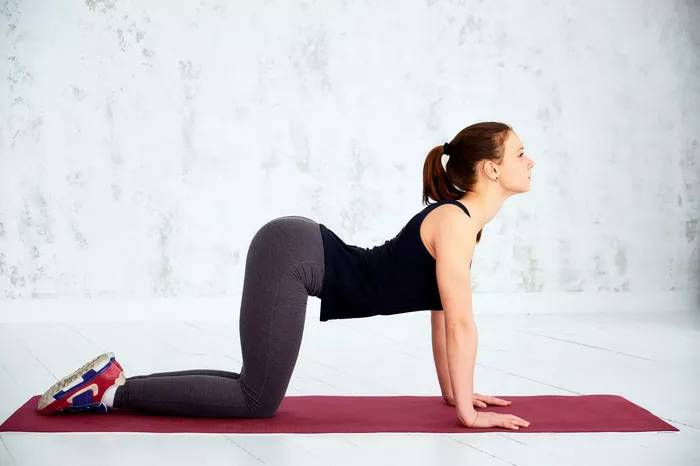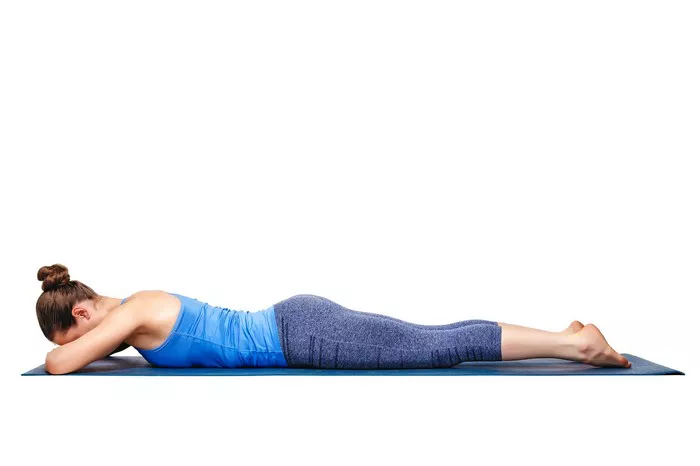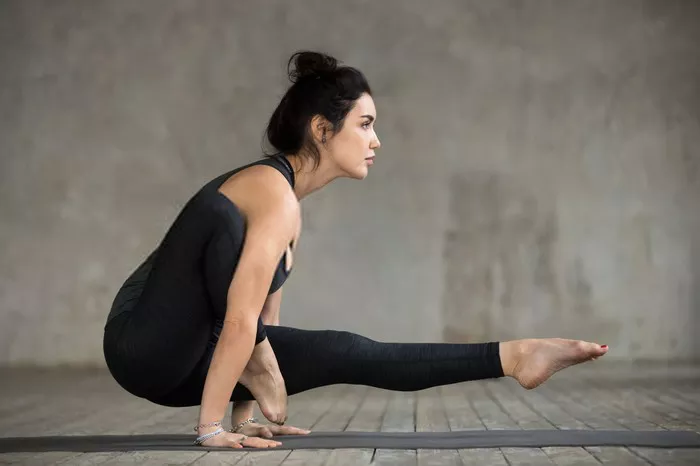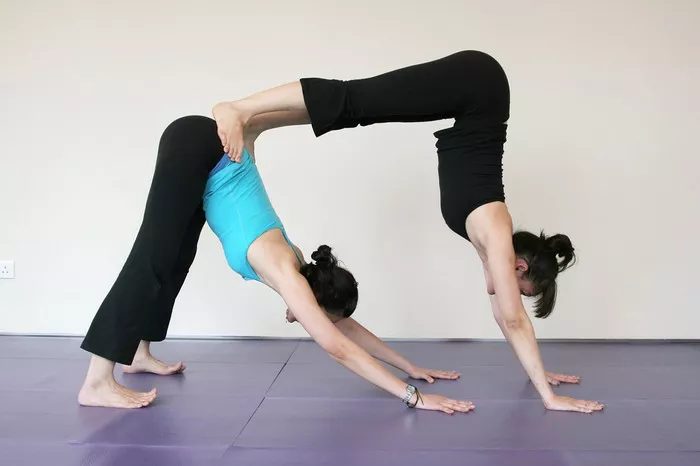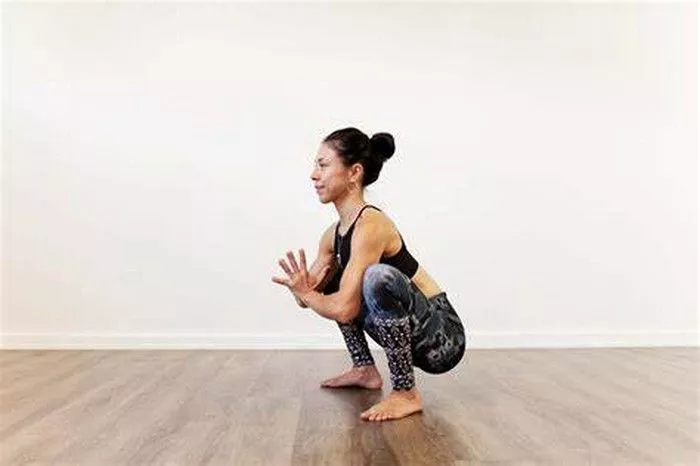Yoga and meditation are closely intertwined practices, each enhancing the other and providing benefits to both the body and mind. Meditation, in particular, is a cornerstone of yoga practice, as it fosters a deeper connection between mind, body, and spirit. But what types of meditation do yogis practice, and how do they align with the broader goals of yoga? This article will explore the various forms of meditation commonly practiced by yogis, the benefits of each, and how they support the overall journey of yoga.
The Role of Meditation in Yoga
Before diving into the specific types of meditation yogis practice, it’s essential to understand why meditation is such an integral part of yoga. Yoga, in its original form, is a spiritual discipline that seeks to unite the physical, mental, and spiritual aspects of a person. Meditation is a powerful tool for quieting the mind, fostering self-awareness, and achieving mental clarity. As yoga practitioners, meditators seek to move beyond the noise of everyday life and cultivate a state of inner peace and stillness.
In classical yoga philosophy, meditation is viewed as the path to self-realization, or “moksha,” the ultimate freedom from the cycle of birth, death, and rebirth (samsara). The practice of meditation allows yogis to access higher states of consciousness and connect with their true nature.
There are several different types of meditation, each with its own focus and approach. Let’s explore some of the most common meditation techniques practiced by yogis.
1. Mindfulness Meditation (Vipassana)
What is It?
Mindfulness meditation, also known as Vipassana meditation, is one of the oldest forms of meditation practiced in the Buddhist tradition. The essence of mindfulness meditation is the cultivation of moment-to-moment awareness. In this meditation technique, yogis focus on their breath, bodily sensations, thoughts, and emotions in a non-judgmental manner.
This practice encourages observing the natural flow of thoughts without attachment or aversion, allowing practitioners to become aware of how the mind works and how mental patterns can influence emotional and physical experiences.
Benefits of Mindfulness Meditation
Mindfulness meditation helps yogis develop:
- Heightened Awareness: By cultivating a deeper awareness of thoughts and emotions, practitioners can learn to respond to situations with more clarity rather than react impulsively.
- Stress Reduction: Regular practice reduces stress and anxiety by training the mind to remain grounded in the present moment.
- Improved Emotional Regulation: Yogis learn to observe their emotional responses, which can help in better emotional regulation and reducing emotional reactivity.
How It Fits Into Yoga
Mindfulness meditation directly complements yoga asana (physical postures). The awareness developed through mindfulness meditation enhances the ability to be fully present during physical postures, creating a deeper connection with the breath and body. It also fosters mental clarity, which improves the quality of one’s yoga practice.
2. Loving-Kindness Meditation (Metta)
What is It?
Loving-kindness meditation, or “Metta Bhavana,” is a practice centered on cultivating unconditional love, compassion, and goodwill toward oneself and others. In this meditation, practitioners repeat phrases or affirmations that express wishes for happiness, safety, and peace for all beings, starting with themselves and extending outward to others, including loved ones, acquaintances, and even those with whom they have conflicts.
Benefits of Loving-Kindness Meditation
Practicing loving-kindness meditation offers several emotional and mental benefits:
- Increased Compassion: It helps yogis develop compassion toward themselves and others, fostering a sense of interconnectedness.
- Emotional Healing: Regular practice can reduce feelings of anger, resentment, and jealousy, replacing them with positive emotions such as love and empathy.
- Improved Relationships: By cultivating a compassionate mindset, yogis may experience more harmonious and understanding relationships with others.
How It Fits Into Yoga
Loving-kindness meditation aligns with the yogic concept of “ahimsa,” or non-violence, which is one of the core ethical principles of yoga. By practicing Metta, yogis embody the spirit of kindness and compassion, both on and off the mat. It helps create a heart-centered practice and encourages greater connection with others.
3. Concentration Meditation (Dhyana)
What is It?
Dhyana, often translated as “concentration” or “meditative absorption,” is a type of meditation that focuses on one object, sound, or mantra. This meditation is a step toward deep meditation and spiritual awakening, in which the mind becomes fixed on a single point, removing all distractions. Traditionally, Dhyana may involve concentrating on the breath, a candle flame, or a sacred sound (such as “Om”).
In Dhyana, the goal is not to suppress thoughts but to allow the mind to flow toward a singular focus, gradually eliminating distractions and mental chatter. The deeper the concentration, the closer the practitioner comes to experiencing higher states of consciousness.
Benefits of Concentration Meditation
- Mental Clarity: It improves mental focus, concentration, and cognitive function.
- Inner Peace: Yogis experience a profound sense of peace as they detach from the distractions of everyday life.
- Spiritual Growth: As concentration deepens, practitioners may experience glimpses of spiritual insight or enlightenment.
How It Fits Into Yoga
Dhyana is one of the stages outlined in the Eight Limbs of Yoga (Ashtanga Yoga), specifically under the limbs of “Dharana” (concentration) and “Dhyana” (meditation). This practice is often used as a tool to reach higher states of awareness and self-realization. In the context of yoga, Dhyana encourages practitioners to experience the stillness and inner silence that lead to a deeper understanding of their true nature.
4. Mantra Meditation (Japa)
What is It?
Mantra meditation, or “Japa,” involves the repetition of a specific word, sound, or phrase to quiet the mind and connect with higher spiritual energy. Common mantras include sacred syllables such as “Om,” or longer phrases like “Om Mani Padme Hum” (a Buddhist mantra). The repetition can be done out loud, softly, or internally, and can be practiced with the help of a mala (prayer beads) to keep track of the repetitions.
The purpose of mantra meditation is to use sound vibrations to bring the mind into a state of focused concentration and to purify the consciousness.
Benefits of Mantra Meditation
- Mental Focus: Repeating a mantra helps sharpen the mind and keeps it from wandering.
- Spiritual Alignment: Chanting mantras can help yogis align with higher spiritual energies or deities, depending on their tradition.
- Relaxation: The rhythmic nature of mantra repetition induces a calming effect on the nervous system.
How It Fits Into Yoga
Mantra meditation is closely tied to the concept of “Nada Yoga” (the yoga of sound). The practice of using sound vibrations as a vehicle for meditation is believed to help yogis transcend ordinary mental states and enter deeper states of consciousness. In addition, mantra meditation is often paired with physical asanas to deepen the connection between body, breath, and mind.
5. Transcendental Meditation (TM)
What is It?
Transcendental Meditation (TM) is a form of silent mantra meditation that aims to help practitioners reach a state of pure awareness, or transcendental consciousness. TM is typically practiced for 20 minutes twice a day while sitting with the eyes closed. Practitioners silently repeat a specific mantra assigned by a trained TM teacher, which helps the mind settle into a state of deep rest and alertness.
TM was developed by Maharishi Mahesh Yogi in the 1950s and has become widely known around the world. It is often used to reduce stress and enhance mental clarity.
Benefits of Transcendental Meditation
- Reduced Stress and Anxiety: TM has been shown to lower blood pressure, reduce cortisol levels, and promote relaxation.
- Improved Cognitive Function: Regular practitioners report improved focus, memory, and creativity.
- Enhanced Emotional Health: TM helps release negative emotions and creates space for inner calm and emotional stability.
How It Fits Into Yoga
Although Transcendental Meditation is not an ancient practice in the same way other forms of meditation are, its philosophy aligns with the deeper aims of yoga—attaining higher states of consciousness and self-realization. The use of mantras and the focus on stillness are concepts also found in many traditional yogic practices.
6. Zen Meditation (Zazen)
What is It?
Zen meditation, or “Zazen,” is a practice rooted in the Zen Buddhist tradition. Unlike other forms of meditation that may focus on a mantra or visualization, Zazen emphasizes sitting in silence and observing the breath. The practitioner sits in a stable and upright posture, often on a cushion (zafu), and focuses on the natural rhythm of the breath, allowing thoughts to come and go without attachment.
The goal of Zazen is not to stop thinking but to become deeply aware of the process of thinking, developing insight into the impermanent nature of all mental states.
Benefits of Zen Meditation
- Present-Moment Awareness: Zazen enhances awareness of the present moment and allows practitioners to step outside the cycle of habitual thinking.
- Improved Mental Clarity: It encourages the mind to be clear and free of distractions.
- Deep Relaxation: The stillness and focus found in Zazen meditation induce a profound sense of inner peace and calm.
How It Fits Into Yoga
Zazen is aligned with the yogic principles of mindfulness and presence. Though originating from Buddhism, its focus on breath and stillness complements yoga’s deeper philosophical teachings, particularly those related to mental control, concentration, and self-realization.
Conclusion
Meditation is a vital aspect of yoga, serving as a bridge between the body and mind, facilitating deeper states of awareness, and helping practitioners move closer to self-realization. Yogis practice various forms of meditation depending on their specific needs and goals, whether it’s cultivating mindfulness, developing compassion, focusing on a single point of concentration, or connecting with higher consciousness through sound.
No matter the type of meditation practiced, the underlying principle remains the same: to quiet the mind, connect with the present moment, and ultimately discover the true self. As yogis deepen their practice of meditation, they experience increased mental clarity, emotional stability, spiritual insight, and a deeper sense of peace in their lives. Through meditation, yoga practitioners move closer to the ultimate goal of yoga—union with the divine and the realization of their true nature.
Related Topics:

